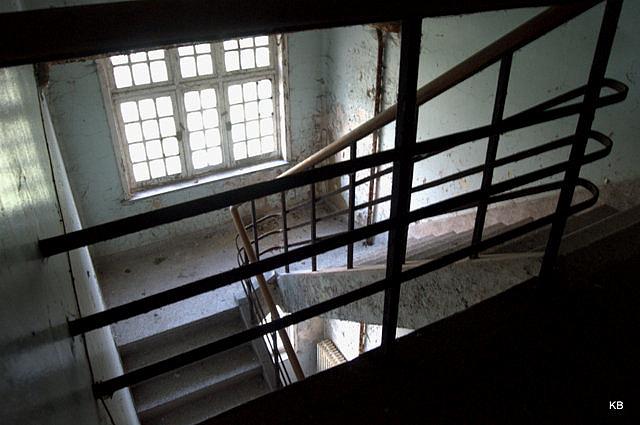When public hospitals and local jails become our asylums

What happens when the only psychiatric hospital in California’s North Coast region shuts its doors? Where do people who are experiencing psychiatric emergencies find immediate help? In Sonoma County, just a little more than an hour north of San Francisco, the answer is all too frequently the local emergency room or county jail.
Many patients who do not have private insurance, whether they are Medicaid or indigent patients, end up in local hospital emergency rooms or intensive care units, waiting for county mental health staff to find a bed in a psychiatric hospital outside the county. Sometimes they wait for days, waiting for a bed to free up in Marin, Napa or Sacramento counties. If they commit a crime, they get caught up in the local criminal justice system, which is beginning to transform into a mental health institution to accommodate the growing number of inmates with mental illness.
My 2016 California Fellowship project will examine how the elimination of acute inpatient psychiatric care, coupled with a move toward underfunded outpatient behavioral health services, has impacted patients and the local health care system, particularly local hospitals. I want to examine whether there are adequate outpatient psychiatric emergency services, which were intended to reduce the need for psychiatric beds. I also want to examine the role of the local criminal justice system, the cost of care for jail inmates with mental illness, and their offences and sentences.
In the 1960s, a move known as “deinstitutionalization” began to empty out state-run public mental hospitals. During this period, new California laws both defunded mental health hospitals and restricted involuntary hospitalizations. The trend continued for decades, and some researchers claim the shortage of psychiatric beds has led to more homeless people on the streets, greater incarceration of mental health patients, and a growing burden on medical hospitals.
The last remaining psychiatric hospital in Sonoma County closed in 2008 and then reopened later in 2013 as a private, freestanding facility. Previously it was operated by a local medical hospital and was closed for financial reasons. Now, as a freestanding facility not tied to an acute care medical hospital, Medicaid won’t cover care for patients with Medi-Cal, the state’s Medicaid program. The county, rather than send patients there and pay the full cost of treatment — about $1,200 a day per patient — sends Medi-Cal patients to other counties with psychiatric hospitals that can bill Medi-Cal.
I’d like to examine the nexus between behavioral health patients and local hospitals and other health care providers, taking a look at some of the following issues:
- The ongoing local impact of having no inpatient psychiatric beds for Medi-Cal and indigent patients.
- The experience of psychiatric patients in our local hospitals. How long does it take to find an inpatient bed in a psychiatric facility outside the county? Are medical hospitals appropriately staffed for this patient population? What happens during this period of limbo?
- The cost to a hospital and how much Medi-Cal pays for stays in emergency rooms, intensive care units and regular medical-surgical rooms. What is the cost for each of our three regional and four district hospitals?
- With the Affordable Care Act, the number of local Medi-Cal patients has grown significantly. Are there adequate emergency mental health services for this population?
- What role will Sonoma County’s planned $48 million behavioral health facility for jail inmates play in the housing of mental health patients? Most of that money is coming from the state. The private freestanding psychiatric hospital was a $10 million investment.
- What are the various criminal violations that land people with mental illness in jail? Why is this population growing in Sonoma County?
Deinstitutionalization was supposed to give those with mental illness greater freedom and allow them to remain in their communities, closer to their families. But behavioral health experts and advocates claim that the upstream mental health services that were supposed to keep people out of psychiatric hospitals were never properly funded.
One study by the Treatment Advocacy Center, a nonprofit group in Virginia that promotes access to behavioral health services, found that 42 of the country’s 50 states have less than half the minimum number of beds thought to be reasonable. There was supposed to be a more humane alternative to the psychiatric ward of “One Flew Over the Cuckoo’s Nest.” Today we’ve eliminated that setting. I want to look at what’s taken its place.
[Photo by Karen Baijens via Flickr.]
